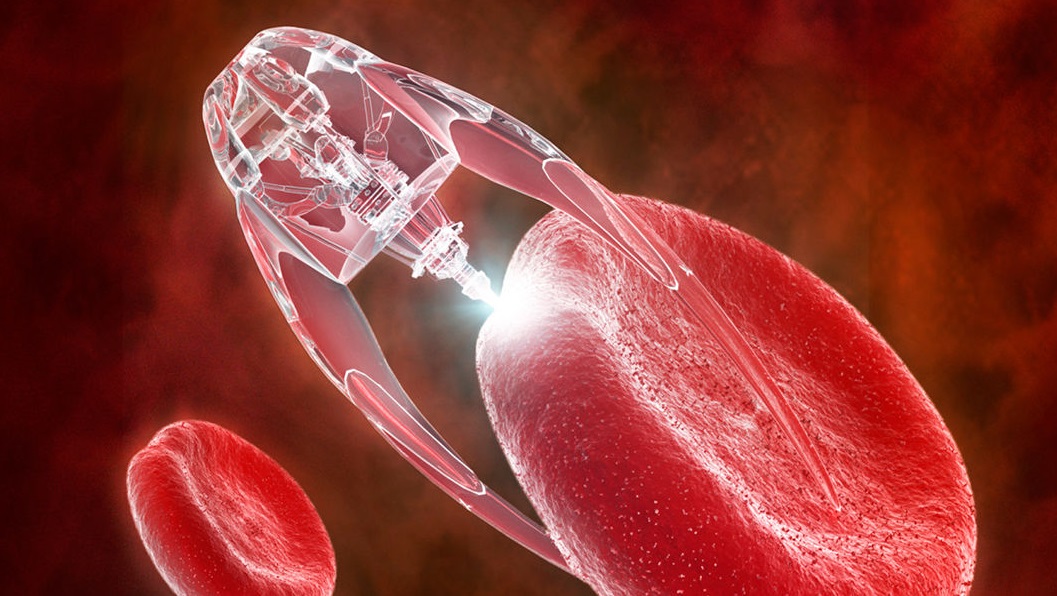In recent years, the field of nanotechnology has made significant strides, offering promising solutions to some of the most pressing challenges in cardiovascular health. This innovative technology, which involves manipulating materials at the atomic and molecular scale, is paving the way for groundbreaking advancements in the prevention, diagnosis, and treatment of cardiovascular diseases (CVDs). As heart disease remains a leading cause of mortality worldwide, these developments are not only timely but also crucial in improving patient outcomes and quality of life.

Understanding Nanotechnology
Nanotechnology refers to the engineering of functional systems at the nanoscale, typically within the range of 1 to 100 nanometers. At this scale, materials often exhibit unique physical and chemical properties that differ significantly from their bulk counterparts. These properties can be harnessed to create novel devices and materials with applications across various fields, including medicine.
In the context of cardiovascular health, nanotechnology offers the potential to revolutionize how we understand and manage heart diseases. By enabling precise interventions at the molecular level, nanotechnology can enhance the efficacy of treatments, reduce side effects, and improve the early detection of cardiovascular conditions.
Nanotechnology in Cardiovascular Diagnostics
Early and accurate diagnosis is essential for the effective management of cardiovascular diseases. Traditional diagnostic methods, while effective, often have limitations in terms of sensitivity and specificity. Nanotechnology is poised to overcome these challenges through the development of advanced diagnostic tools.
One of the most promising applications is the use of nanoparticles for imaging. Nanoparticles can be engineered to target specific biomarkers associated with cardiovascular diseases, allowing for highly sensitive detection of these markers in blood or tissue samples. For instance, magnetic nanoparticles can be used in conjunction with magnetic resonance imaging (MRI) to enhance the visualization of atherosclerotic plaques, providing detailed insights into the extent and severity of arterial blockages.
Moreover, nanosensors are being developed to detect cardiovascular biomarkers in real-time. These sensors can be integrated into wearable devices, offering continuous monitoring of heart health and enabling timely interventions in the event of abnormalities. This real-time monitoring capability is particularly beneficial for patients with chronic heart conditions, as it allows for personalized and proactive management of their health.

Nanotechnology in Cardiovascular Treatment
The treatment of cardiovascular diseases often involves a combination of lifestyle changes, medication, and surgical interventions. Nanotechnology is transforming these treatment modalities by offering more targeted and effective therapeutic options.
One of the most significant breakthroughs in this area is the development of nanocarriers for drug delivery. These nanocarriers can encapsulate therapeutic agents and deliver them directly to diseased tissues, minimizing systemic side effects and enhancing the therapeutic efficacy. For example, liposomal nanoparticles have been used to deliver anti-inflammatory drugs directly to inflamed arterial walls, reducing the risk of plaque rupture and subsequent heart attacks.
In addition to drug delivery, nanotechnology is also being explored for gene therapy applications. By using nanoparticles to deliver genetic material to specific cells, researchers aim to correct genetic defects associated with cardiovascular diseases or to promote the regeneration of damaged heart tissue. This approach holds great promise for treating conditions such as heart failure, where traditional therapies have limited effectiveness.
Furthermore, nanotechnology is playing a pivotal role in the development of advanced stents and grafts. These devices, which are used to maintain open blood vessels, can be coated with nanoparticles to prevent restenosis (re-narrowing of the vessel) and to promote endothelial healing. The use of biodegradable nanomaterials in these devices also reduces the risk of long-term complications, offering a safer alternative to conventional metal stents.
Nanotechnology in Regenerative Medicine
Regenerative medicine is an exciting frontier in cardiovascular health, and nanotechnology is at the forefront of this revolution. The ability to engineer tissues and organs at the nanoscale is opening up new possibilities for repairing and regenerating damaged heart tissue.
Nanomaterials such as nanofibers and hydrogels are being used to create scaffolds that mimic the natural extracellular matrix of the heart. These scaffolds provide a supportive environment for the growth and differentiation of stem cells, facilitating the regeneration of functional heart tissue. This approach is particularly promising for patients who have suffered a heart attack, as it offers the potential to restore heart function and prevent the progression to heart failure.
Moreover, researchers are exploring the use of nanotechnology to enhance the delivery and efficacy of stem cell therapies. By attaching nanoparticles to stem cells, it is possible to track their migration and integration into the heart tissue, as well as to enhance their survival and therapeutic potential.
Challenges and Future Directions
While the potential of nanotechnology in cardiovascular health is immense, several challenges need to be addressed before these innovations can be widely adopted in clinical practice. Safety and biocompatibility are paramount, as the long-term effects of nanoparticles in the human body are not yet fully understood. Rigorous testing and regulatory approval processes are essential to ensure that these technologies are safe and effective for patients.
Additionally, the cost and complexity of nanotechnology-based therapies may pose barriers to widespread adoption. Efforts to streamline manufacturing processes and reduce costs will be crucial in making these therapies accessible to a broader population.
Looking ahead, the integration of nanotechnology with other cutting-edge fields such as artificial intelligence and personalized medicine holds exciting potential for cardiovascular health. By leveraging the power of big data and machine learning, it may be possible to develop highly personalized treatment plans that are tailored to the unique genetic and environmental factors of each patient.
Conclusion
Nanotechnology is poised to transform the landscape of cardiovascular health, offering new hope for patients with heart disease. From early diagnosis to targeted treatment and tissue regeneration, the applications of nanotechnology are vast and varied. As research continues to advance, these innovations have the potential to significantly improve patient outcomes and reduce the global burden of cardiovascular diseases. With continued investment and collaboration across disciplines, the future of cardiovascular health looks promising, driven by the remarkable capabilities of nanotechnology.











